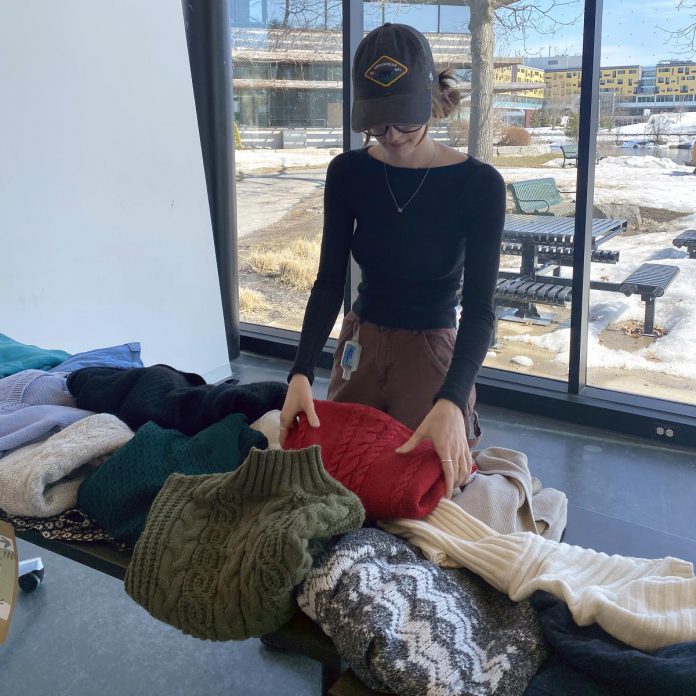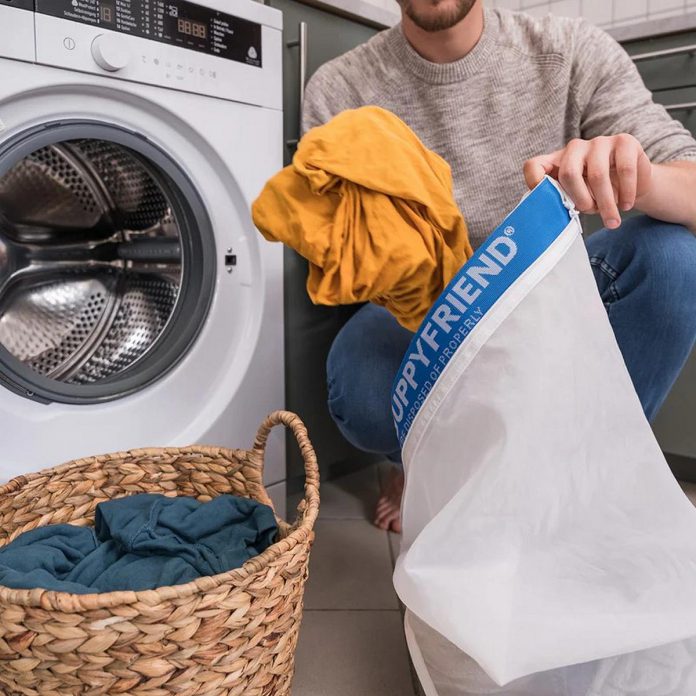
According to a recent study by the University of Waterloo, Canadians discard approximately 500 million kilograms of textiles every year, some of which can take hundreds of years to disintegrate.
The rise in popularity of fast-fashion brands is one of the largest contributors to this extreme amount of textile waste. Britannica defines fast fashion as fashion that prioritizes the rapid production of inexpensive, low-quality clothing that mimics popular styles while disregarding the negative environmental and social effects these practices have on the planet.
Fast fashion companies choose to cut corners by using non-durable cheap materials, while often not paying their workers a sufficient wage and forcing them to work in unsafe conditions.
These practices create detrimental environmental and social consequences. Despite being aware of these consequences, a 2021 survey conducted by ThredUp concluded that 72 per cent of consumers continue to buy from fast-fashion brands because of its perceived convenience and low prices.
Being more conscious when shopping for textiles, and considering how to care for what is already owned can be economical, fun, and lead to a reduced carbon footprint. Below are four ways to reduce textile waste.
1. Shop sustainably
Many Canadians believe it is expensive to shop sustainably; however, that’s not necessarily the case. There are many ways to shop sustainably for textiles that fit any budget.
Choose second-hand
Buying second-hand is an economical way to reduce the impact of textile consumption. Earth.org explains that buying second-hand clothes extends a product’s lifespan and reduces its carbon footprint.
It’s possible to curate a beautiful closet while reducing environmental impact by exploring the many local independent second-hand and vintage stores in Peterborough, such as The Neighbourhood Vintage, Statement House, and Niche, all located in the downtown district.

Shop from sustainable brands
Many brands are paving the way for sustainable practices in the textile industry. To evaluate whether a brand is sustainable, consider the materials it uses, its transparency about sourcing and manufacturing processes, and whether it is endorsed by trustworthy organizations.
A source for evaluating the eco-consciousness of brands is goodonyou.eco, a website and app that compiles publicly available data on a brand’s green practices to assess its level of sustainability.
Invest in “slow fashion”
To reduce the number of textiles sent to landfills annually, invest in higher-quality pieces when shopping for clothes rather than buying an abundance of low-quality textile items.
Earth.org describes this practice as slow fashion, which involves buying durable clothing designed to be worn for an extended period. Shopping this way might feel expensive initially; however, buying higher-quality products will save money in the long run.
2. Organize a clothing swap

Clothing swaps allow people to refresh their closets with new styles for free.
Organizing a clothing swap with friends or a community at the end of every season to exchange unworn clothing with others’ pre-loved items offers a fun way to update a wardrobe.
This practice helps extend the life cycle of clothes and helps promote sustainability in a community.
3. Use what’s on hand
Social media has normalized overconsumption, leading to detrimental consequences for the planet.
Research conducted by FashionUnited revealed that Canadians don’t wear 79 per cent of the clothes in their wardrobe.
Rather than continue to accumulate textile products, take the time to donate unused items, mend/hem the clothes on hand, or repurpose them around the house. There are thousands of online tutorials available to learn how to mend textile goods or find ways to repurpose them.
4. Launder clothes responsibly

According to a study by the International Union for Conservation of Nature, 35 per cent of all microplastics found in the ocean come from laundering synthetic textiles.
To minimize the amount of microplastics that make their way into waterways through laundering, consider using a GuppyFriend — a mesh bag specifically designed to catch microfibers released during washing.
Alternatively, installing a microfiber filter directly onto a washing machine, such as that available through PlanetCare, will effectively capture microplastics from wastewater before it re-enters the environment.
Finding ways to minimize textile waste is an essential step toward building more sustainable communities. Taking the time to curate a closet of sustainable items, using what’s on hand, and minimizing the amount of microplastics discharged into the water will ensure the amount of textile waste created by Canadians will diminish moving forward.
The former GreenUP Store carried many sustainable brands that offer textile goods which can minimize waste production such as Cheeks Ahoy, Dans le Sac, Ecomum, Koru, and Moss Creek Wool Works, to name a few. To see a full list of brands that were carried at the now-shuttered GreenUP Store and where they can be found now, visit the Green Product Directory at greenup.on.ca/green-product-directory/.
Special thanks to the author of this article, Trent University communications and marketing program assistant Alixandrah Lonsdale, who worked on building the Green Product Directory during her placement at GreenUP.


























